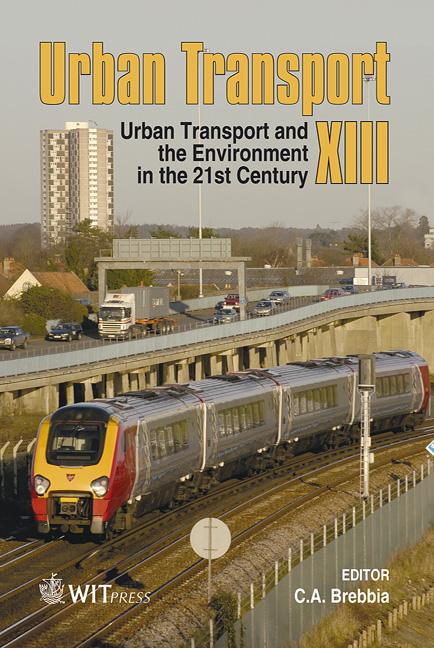Safety Of Users In Road Evacuation: Planning Internal Processes And Guidelines
Price
Free (open access)
Transaction
Volume
96
Pages
10
Published
2007
Size
802 kb
Paper DOI
10.2495/UT070781
Copyright
WIT Press
Author(s)
F. Russo & C. Rindone
Abstract
In this paper a structured process to plan an urban system in emergency conditions is presented. The internal planning process is described with reference to planning dimensions and to a generic product-plan component. Guidelines for evacuation planning resulting from the SICURO project are presented, with a view to developing and testing an evacuation plan for an urban system in emergency conditions. Quantitative evaluations play an essential role in the guidelines. Keywords: planning process, evacuation, guidelines, system of models. 1 Introduction A generic transportation plan is a product of a planning process. This process is characterized by different planning dimensions and interactions among subjects involved [2, 6, 7]. A specific component of a generic plan is represented by guidelines in which indications for other plans are illustrated. In some countries, the planning process in emergency conditions is regulated by specific rules. For example, in Italy emergency planning is regulated by Law 24 February 1992, 225 [4]. This type of law can be considered as a guideline for a high level/national plan. To plan a system in emergency conditions it is necessary to assess risk and its relative components: probability, vulnerability and exposure [1, 9]. By assessing risk components it is possible to define different types of interventions to prevent effects arising from a generic disastrous event. In this paper we analyse activities forming part of evacuation planning to reduce exposure. In evacuation planning, interventions can be defined and implemented before and/or after a disastrous event.
Keywords
planning process, evacuation, guidelines, system of models.





